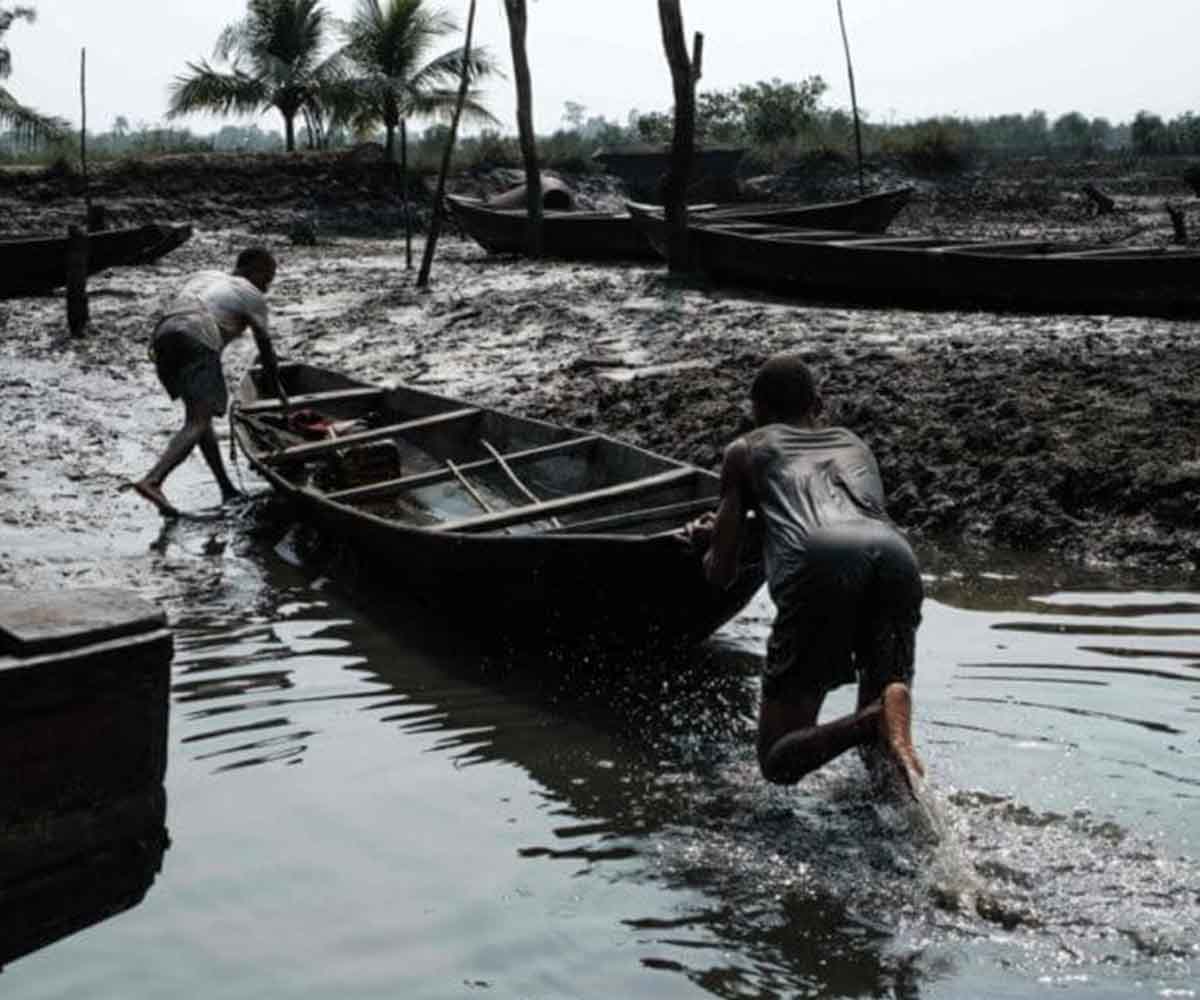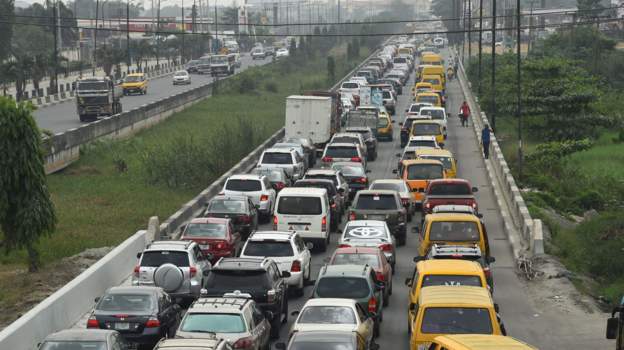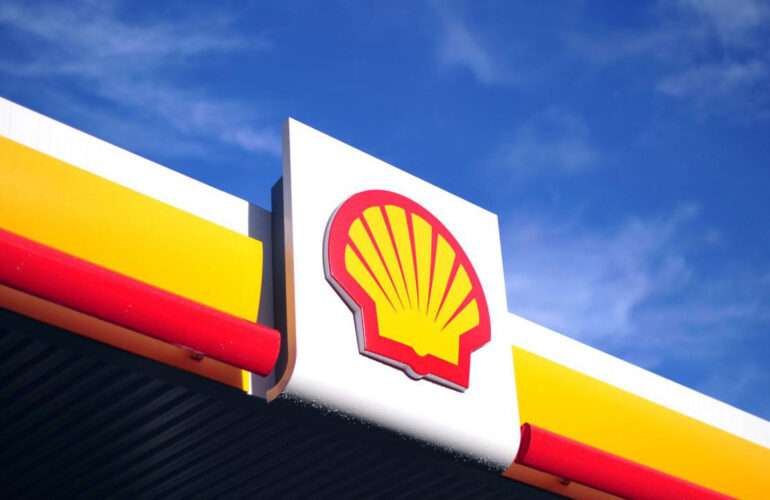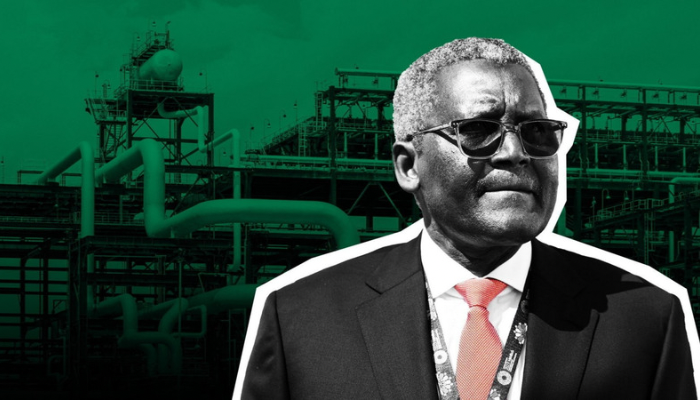What does this mean for oil-producing countries like Nigeria?
Oil producing countries have different benchmarks their commodity is valued against. Nigeria crude oil, for instance, is benchmarked against the Brent Crude which as at 11:41 pm on Monday is valued at $25.57 while the West Texas Intermediate, although still negative, has slightly appreciated to $-16.20.
The Brent Crude is considered the international benchmark. Other benchmarks include but not limited to Mexican Basket (currently trading at $14.35), Indian Basket (currently trading at $20.56) and Dubai (currently trading at $28.11).
What does the negative value mean?
The current negative valuation of the WTI is for the May delivery. June delivery is trading at a still low of $22 a barrel.
Sellers of the May contract have just one more day to find buyers, but with storage in short supply, they are struggling to find takers.
The negative valuation therefore simply implies sellers are paying others to take the commodity.
Why would oil sellers pay others to take the commodity?
In the oil market, the law of supply and demand is subtle. The price of oil is set in oil futures market. This means buyer signs a contract to buy barrels at a specified amount at a particular date in the future. Under a futures contract, buyers and sellers are expected to go through the deal as implied at the specified date.
A seller might have lots of contracts and lesser space. So, will need to offload the present commodities to accommodate future commodities.
Does it mean Nigeria’s crude oil is worthless?
No. Nigeria oil is not worthless and it is currently not trading at the negative. The current worth is $25.57 a barrel.
However, since the nation’s 2020 budget was predicated at $53 per barrel of crude oil, this may present economic problems. President Muhammadu Buhari has however constituted a committee to revisit the budget since the emergence of the drop in oil prices.
What is the cause of the fall in price?
The decline in oil prices has been persistent for a while. According to the US Energy Information Administration (EIA), Crude oil prices were generally lower in 2019 than in 2018.
However, the coronavirus disease (COVID-19) outbreak made things worse in 2020. Companies can no longer produce in full capacity and thus lower demand for the commodity (oil). And oil-producing countries are still producing massively, making the market overflooded.
Any hope for the future?
Yes. If the coronavirus disease can be completely curbed, there will surely be an improvement in the oil prices since companies’ production will return to normal; invariably demand is expected to be more than present.
What can world leaders do?
There is a need for concerned parties to agree on a way forward. It is important that all nations control their production to stabilise the market.
In the 10th (Extraordinary) OPEC and non-OPEC Ministerial Meeting held via videoconference, on Sunday, April 12, 2020, it agreed to, “Adjust downwards their overall crude oil production by 9.7 mb/d, starting on 1 May 2020, for an initial period of two months that concludes on 30 June 2020.
“For the subsequent period of 6 months, from 1 July 2020 to 31 December 2020, the total adjustment agreed will be 7.7 mb/d.”





